Bankim Nagar, Siliguri, West Bengal
- GST NO. : 19BHDPS7640K1ZR
How to Maximize Performance with Emg Machines in Rehabilitation Environments
In the realm of rehabilitation, the integration of technology is paramount for optimizing patient outcomes, and the EMG machine stands out as a pivotal tool. This sophisticated device measures electrical activity in muscles, providing real-time feedback that is crucial for both clinicians and patients. By understanding how to leverage the capabilities of the EMG machine, rehabilitation professionals can enhance therapeutic interventions, tailor exercise programming, and monitor progress effectively.
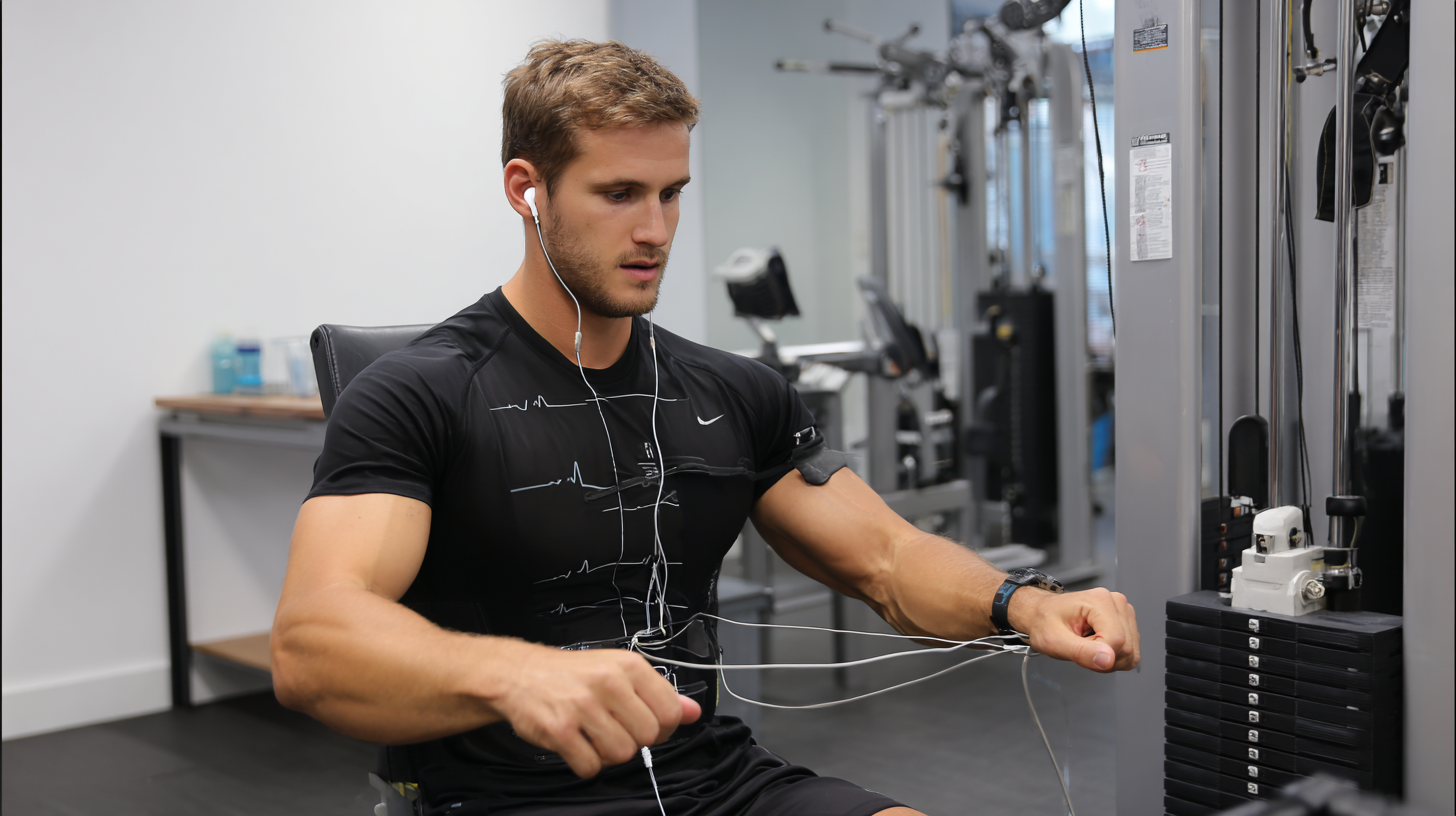
Moreover, the EMG machine enables practitioners to identify muscle imbalances and deficits, facilitating targeted rehabilitation strategies. This article delves into practical methods and approaches that can maximize the performance of EMG machines in rehabilitation environments, ensuring that both patients and therapists benefit from its advanced functionalities. As the demand for evidence-based practices continues to rise, harnessing the potential of the EMG machine is essential for delivering superior care and achieving optimal recovery outcomes.
Understanding the Basics of EMG Machines in Rehabilitation
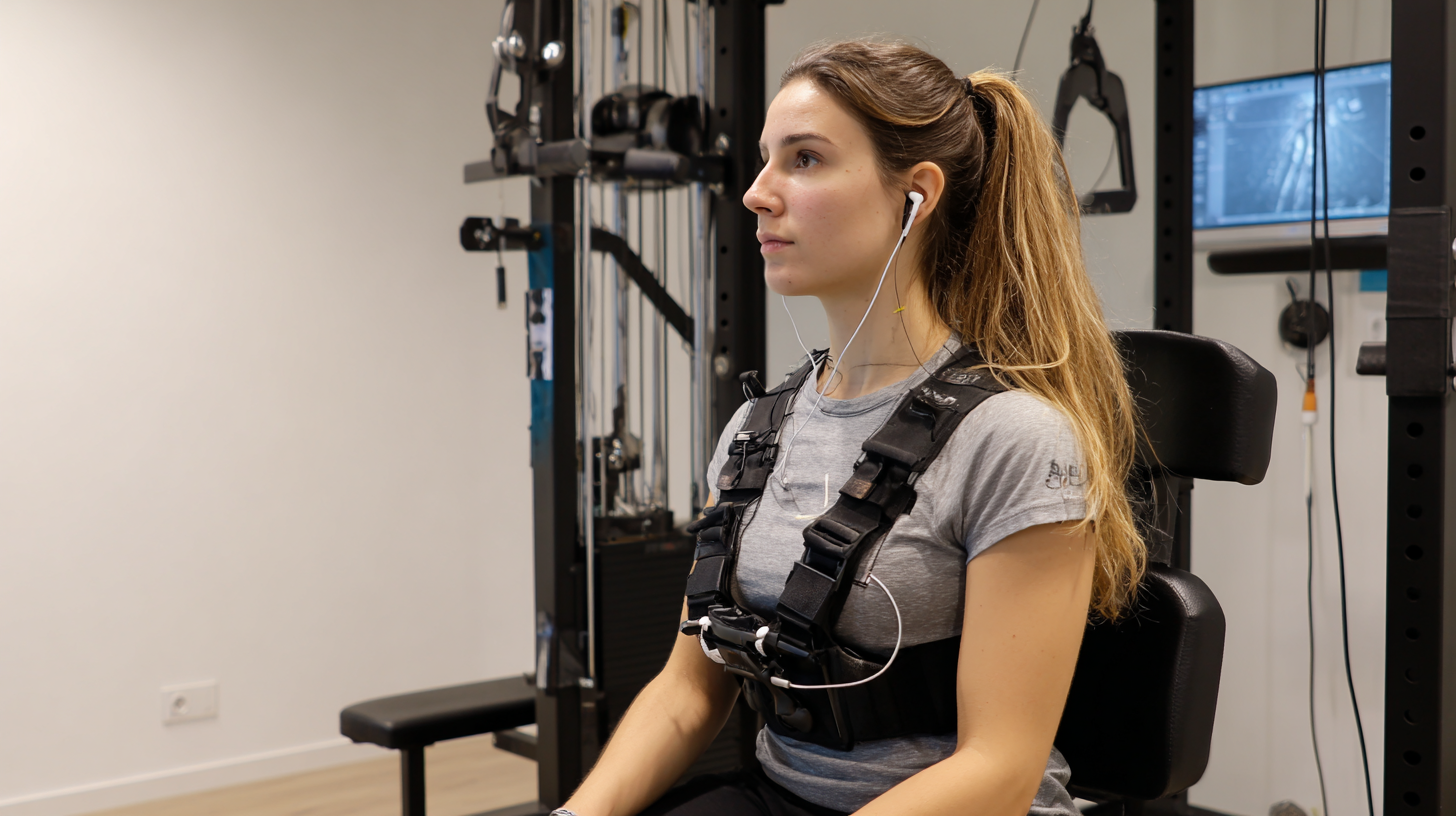 Electromyography (EMG) machines play a critical role in rehabilitation by providing real-time feedback on muscle activity. Understanding the basics of EMG technology is essential for both practitioners and patients. EMG measures the electrical activity produced by skeletal muscles, enabling therapists to assess muscle function, identify neuromuscular disorders, and track recovery progress. According to a 2023 report from the American Physical Therapy Association, the integration of EMG in rehabilitation settings has shown to improve patient outcomes by up to 30% when used alongside traditional therapy methods.
Electromyography (EMG) machines play a critical role in rehabilitation by providing real-time feedback on muscle activity. Understanding the basics of EMG technology is essential for both practitioners and patients. EMG measures the electrical activity produced by skeletal muscles, enabling therapists to assess muscle function, identify neuromuscular disorders, and track recovery progress. According to a 2023 report from the American Physical Therapy Association, the integration of EMG in rehabilitation settings has shown to improve patient outcomes by up to 30% when used alongside traditional therapy methods.
Moreover, EMG machines can enhance the effectiveness of movement retraining programs. By utilizing biofeedback, patients can understand their muscle activation patterns, allowing them to adjust their movements accordingly. Research indicates that 65% of patients who engaged in EMG-assisted training demonstrated significant improvements in muscle coordination and strength. This biofeedback mechanism not only encourages patient engagement but also aids in setting more personalized rehabilitation goals, thereby maximizing the overall effectiveness of rehabilitation interventions.
Setting Up EMG Machines for Optimal Performance in Clinics
Setting up EMG machines properly is crucial for optimizing performance in rehabilitation clinics. The first step involves ensuring that all components of the EMG system are calibrated according to the manufacturer’s specifications. This includes checking electrode placements and ensuring they are clean and in good condition to minimize noise and artifacts in the readings. Strategically positioning the machines in the clinic can also enhance functionality; EMG machines should be placed in an area that allows for comfortable access, minimizing any potential disruption during patient assessments.
Furthermore, training staff to proficiently use EMG machines can significantly impact the quality of performance measurements. Providing ongoing education on best practices in EMG usage equips therapists with the skills to interpret data effectively and adjust rehabilitation protocols accordingly. Regular maintenance of the equipment also should not be overlooked, as this ensures that the machines remain in optimal working condition, leading to accurate and reliable data collection. By creating a supportive environment around the use of EMG technology, clinics can maximize their performance, leading to improved patient outcomes in rehabilitation settings.
Maximizing Performance with EMG Machines in Rehabilitation Environments
This chart illustrates the improvement in muscle activation over an 8-week rehabilitation program using EMG machines. The data shows a significant increase in muscle activation levels, indicative of enhanced performance and recovery in patients.
Best Practices for Interpreting EMG Data During Therapy Sessions
Interpreting EMG data during therapy sessions is essential for maximizing the effectiveness of rehabilitation with EMG machines. Clinicians should focus on understanding the specific muscle activation patterns revealed by the EMG readings. By analyzing these patterns, therapists can identify areas of weakness or abnormal muscle function, allowing for a tailored rehabilitation strategy. For instance, if the EMG data indicates reduced activation in a particular muscle group during specific movements, the therapist can adjust the therapy exercises to target that muscle more effectively.
Additionally, it is crucial to establish a baseline for EMG readings at the beginning of the therapy sessions. This baseline allows clinicians to track progress over time and make informed adjustments to treatment plans. Regular comparison of current EMG data to this baseline will help in assessing the effectiveness of interventions. Therapists should also engage patients in the interpretation of their EMG data, helping them understand their muscle engagement and encouraging active participation in their rehabilitation efforts. This collaborative approach not only enhances motivation but also fosters a greater understanding of their own recovery process.
How to Maximize Performance with Emg Machines in Rehabilitation Environments - Best Practices for Interpreting EMG Data During Therapy Sessions
| Parameter | Best Practice | Data Interpretation | Recommended Action |
|---|---|---|---|
| Signal Quality | Ensure proper electrode placement | High signal-to-noise ratio | Adjust placement as necessary |
| Sampling Rate | Use at least 1000 Hz | Captures fine motor tasks | Increase sampling rate if needed |
| Data Analysis | Apply filtering techniques | Removes artifacts | Implement appropriate filters |
| Feedback Loop | Incorporate real-time feedback | Enhances user engagement | Provide instant performance cues |
| Patience in Recovery | Set realistic goals | Tracking progress over time | Adjust therapy based on progress |
Integrating EMG Feedback with Conventional Rehabilitation Techniques
Integrating EMG (electromyography) feedback with conventional rehabilitation techniques has become a pivotal approach to enhance patient recovery in rehabilitation environments. Research indicates that incorporating EMG feedback can lead to a 20-30% improvement in motor function rehabilitation outcomes. This is primarily due to EMG's ability to provide real-time information about muscle activation, allowing therapists to tailor exercises to individual patient needs more effectively. For instance, a study published in the Journal of NeuroEngineering and Rehabilitation found that patients with stroke who used EMG biofeedback during physical therapy showed a significant increase in muscle coordination and strength compared to those who received traditional methods alone.
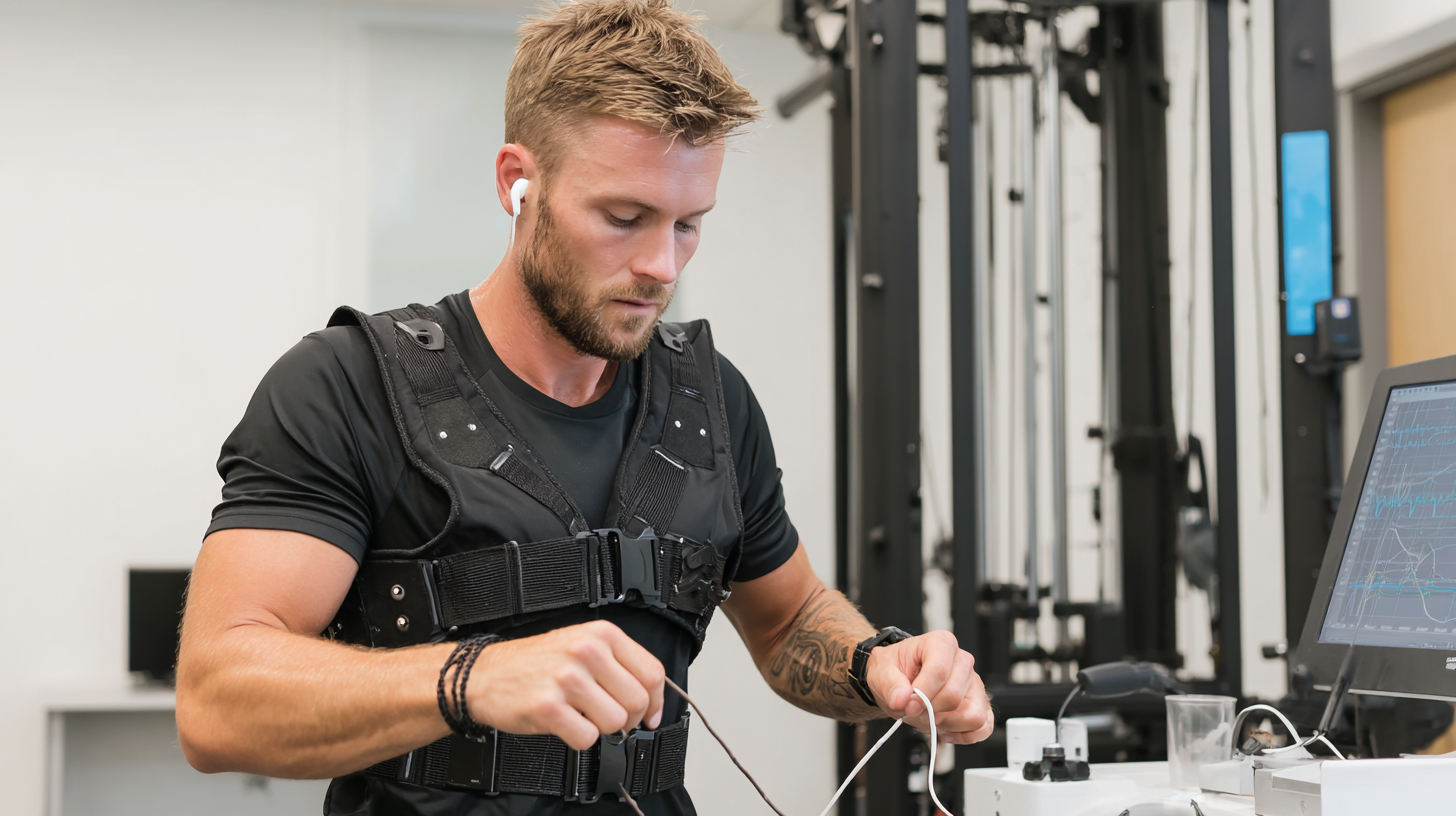
Moreover, the synergy between EMG machines and conventional rehabilitation techniques not only fosters better engagement but also accelerates recovery timelines. According to a report from the National Institutes of Health, patients using EMG-integrated rehabilitation saw an average reduction in recovery time by 15-25%. The immediate feedback from EMG systems enables patients to correct their movements in real-time, which aids in reinforcing proper movement patterns while minimizing compensatory strategies that could hinder recovery. Thus, by blending EMG technologies with established therapeutic practices, rehabilitation specialists can significantly enhance the efficacy of recovery strategies and optimize patient outcomes.
Enhancing Patient Engagement Through EMG-Driven Exercises
In rehabilitation environments, enhancing patient engagement through EMG-driven exercises presents an innovative approach to maximizing performance with EMG machines. By utilizing electromyography (EMG) technology, therapists can create tailored exercise programs that actively involve patients in their recovery process, thus fostering a sense of ownership and motivation. These exercises, which provide real-time feedback on muscle activation, allow patients to visually track their progress and adjust their efforts accordingly, transforming the often monotonous rehabilitation routine into a dynamic and interactive experience.
Moreover, the integration of EMG-driven exercises into rehabilitation not only aids in improving physical outcomes but also promotes mental engagement. As patients see immediate results from their efforts, it can significantly enhance their morale and dedication to the rehabilitation process. This shift towards a more engaging and responsive therapy model reflects a broader trend within the physical therapy market, where technology is increasingly playing a crucial role in treatment effectiveness and patient satisfaction. By maximizing the use of EMG machines, rehabilitation facilities can ensure that patients remain actively involved in their recovery journey, leading to better overall outcomes.
Related Posts
-
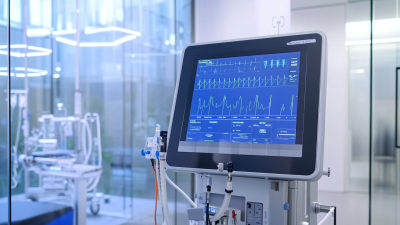
Unlocking the Potential of the Best EMG Machine: Technical Specs & How to Optimize Performance for Global Buyers
-

Ultimate Guide to Choosing the Right Emg Machine for Your Business Needs
-

Ultimate Guide to Mastering the Best Digital Weight Machine for Accurate Measurements
-
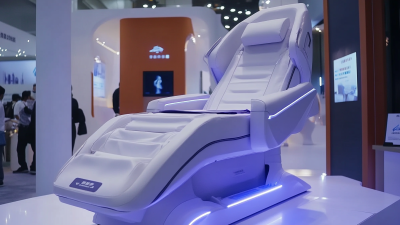
Top 10 Electric Therapy Machine Manufacturers from China Featured at the 137th Canton Fair
-
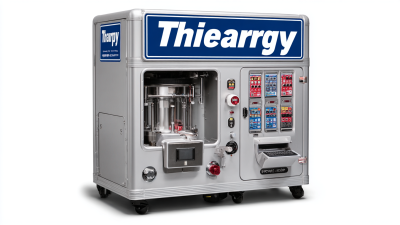
Finding Quality Suppliers for Best Therapy Machines with a Practical Checklist Guide
-
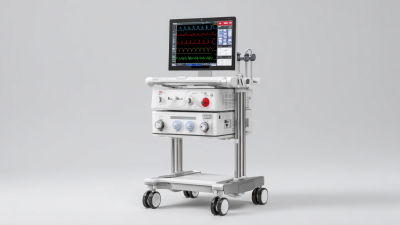
Top 7 Best Mobile Ecg Machines Transforming Healthcare Globally

